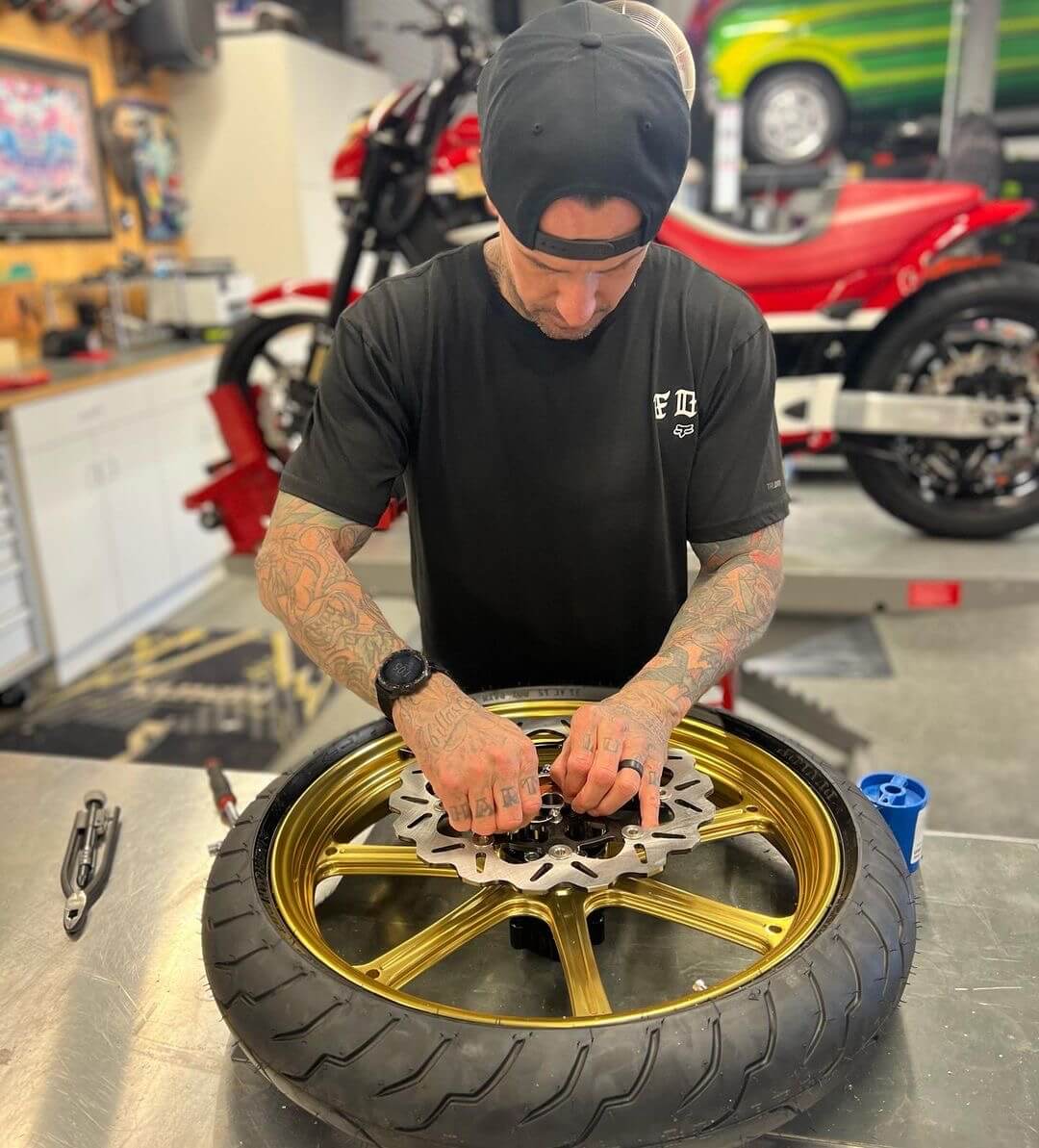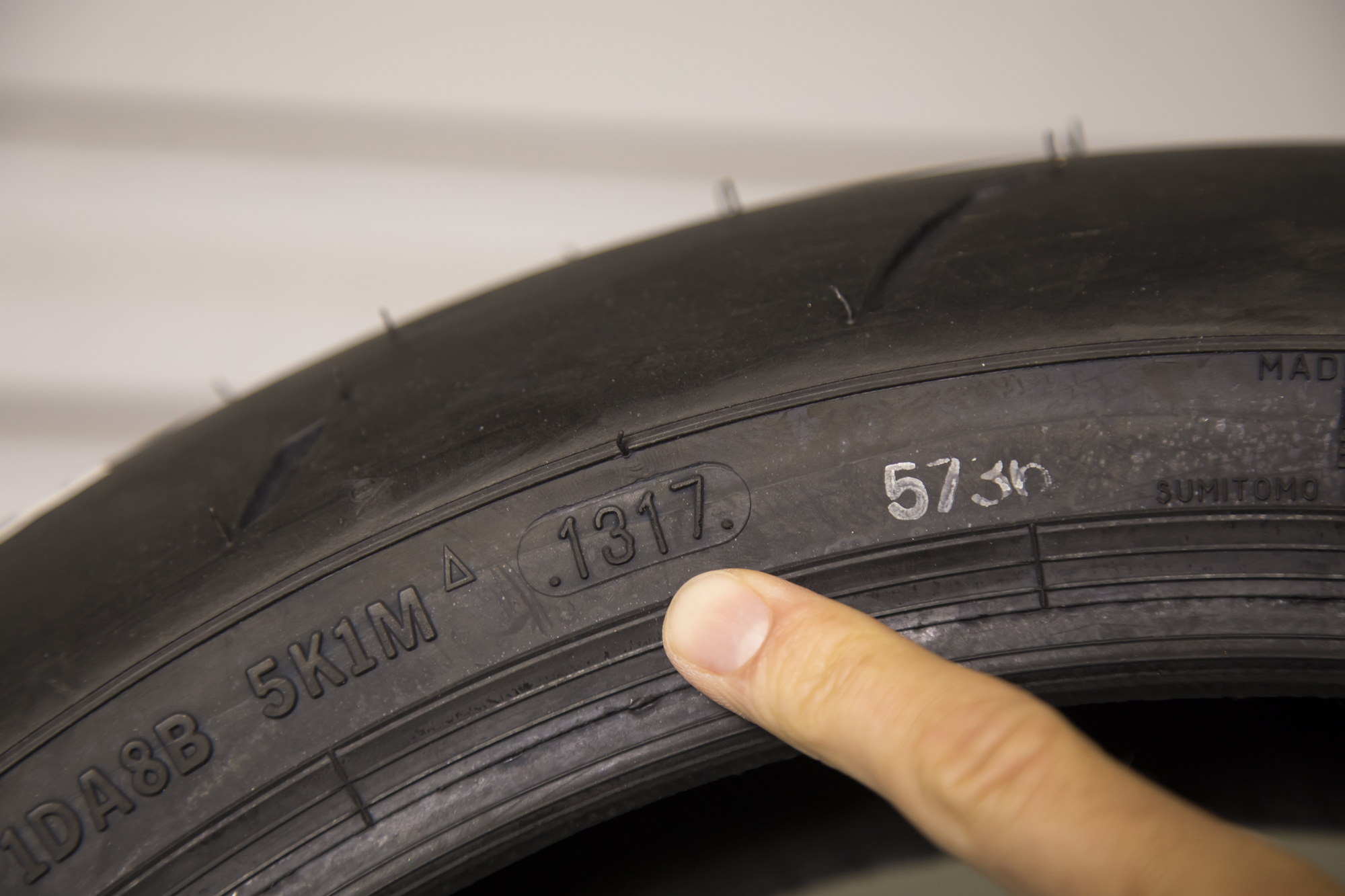
Introduction:
The tires of a motorcycle are essential components that directly impact the safety, performance, and overall riding experience. As riders, knowing when to replace motorcycle tires is crucial for maintaining optimal handling and traction while ensuring safe travel on the road. In this comprehensive guide, we explore the critical factors that contribute to tire wear, deterioration, and performance, providing insights into the indicators and considerations for determining the right time to replace motorcycle tires. From understanding tire wear patterns to delving into the significance of tread depth and age, this guide aims to be a valuable resource for riders seeking to navigate the mileage maze and make informed decisions regarding their tire replacements.
Part 1: Understanding the Dynamics of Motorcycle Tire Wear
Level 1: Factors Influencing Tire Wear
Tire wear is influenced by various factors, including road conditions, riding habits, tire composition, and inflation levels. Aggressive acceleration, heavy braking, and cornering, as well as riding on uneven or abrasive surfaces, can contribute to accelerated tire wear. Additionally, underinflation or overinflation can cause irregular wear patterns, reducing the lifespan of the tires.
Level 2: Wear Patterns and Visual Inspection
Regular visual inspections of motorcycle tires are essential for monitoring tread wear patterns. Common wear indicators include cupping, scalloping, and center wear, all of which can provide insights into the condition of the tires and the potential need for replacement. By familiarizing riders with these visual cues, they can proactively assess the wear on their tires and implement timely replacements when necessary.
Part 2: Deciphering Tread Depth and Its Implications
Level 1: Significance of Tread Depth
Tread depth plays a critical role in the traction and stability of motorcycle tires, particularly in wet or slippery conditions. As the tire’s tread wears down, its ability to channel water away from the contact patch diminishes, increasing the risk of hydroplaning and reduced grip. Understanding the importance of adequate tread depth is essential for maintaining safety and performance.
Level 2: Utilizing Tread Wear Indicators
Most modern motorcycle tires are equipped with tread wear indicators, often referred to as wear bars or tread wear markers. These indicators are set at specific depths within the tread grooves, serving as visual cues for riders to determine when the tires have reached the minimum allowable tread depth. By regularly inspecting the wear indicators, riders can gauge the remaining lifespan of their tires and plan for replacements accordingly.
Part 3: Examining the Influence of Tire Age and Usage
Level 1: Impact of Age on Tire Performance
In addition to wear, the age of motorcycle tires can significantly affect their performance and safety. Over time, rubber compounds can degrade due to exposure to environmental factors such as UV rays and heat, potentially leading to reduced grip, increased stiffness, and heightened susceptibility to cracking or peeling. Understanding the implications of tire age is vital for making informed decisions about replacement intervals.
Level 2: Monitoring Mileage and Riding Conditions
The usage and riding conditions also play a crucial role in determining when to replace motorcycle tires. Intense riding, abrasive road surfaces, and frequent exposure to inclement weather can accelerate tire wear and compromise their integrity. By regularly monitoring the mileage accrued on the tires and assessing the types of riding conditions they have been exposed to, riders can gauge the impact on tire wear and determine the appropriate timing for replacements.
Part 4: Implementing Proactive Tire Replacement Strategies
Level 1: Timing Replacements for Peak Performance
Proactively replacing motorcycle tires before they reach a critical wear threshold enhances safety and ensures optimal performance. By adhering to the manufacturer’s recommended replacement intervals or paying attention to visual cues and tread wear indicators, riders can preemptively schedule tire replacements to maintain peak handling and traction.
Level 2: Investing in Quality and Suitability
When replacing motorcycle tires, selecting the right type and quality of tires for the intended riding style and conditions is vital. Factors such as tire construction, tread design, and compound composition should align with the rider’s preferences, bike specifications, and anticipated usage. By investing in suitable and reliable tires, riders can maximize safety, performance, and longevity on the road.
Part 5: Assessing Signs of Wear and Tear
Inspecting motorcycle tires for signs of wear and tear is essential for identifying potential issues that may necessitate replacement. Look for irregular tread wear, bulges, cracks, or punctures that could compromise the structural integrity and performance of the tires. Additionally, pay attention to any vibrations, handling abnormalities, or changes in traction, as these could indicate tire wear or damage.
In cases where riders are uncertain about the condition of their tires, seeking professional insight from experienced technicians or tire specialists can provide valuable assessments. Professional inspections can reveal subtle issues that may not be immediately apparent, ensuring that potential tire issues are addressed promptly and accurately.
Part 6: Embracing Maintenance and Care Practices
Routine tire maintenance, including pressure checks, alignment inspections, and proper cleaning, is crucial for extending the lifespan and performance of motorcycle tires. Keeping the tires at the recommended pressure levels and ensuring proper wheel alignment not only enhances tire longevity but also promotes safe and efficient riding.
Properly storing and handling spare or seasonal tires is essential for preserving their quality. Tires should be kept in a cool, dry environment, away from direct sunlight, chemicals, or sharp objects. When removing or installing tires, utilizing appropriate tools and techniques ensures that the tires remain undamaged and ready for optimal performance.
Conclusion
Incorporating attentive maintenance practices and embracing proactive assessments of tire wear and tear will enable riders to make informed decisions regarding the replacement of motorcycle tires. By acknowledging the importance of timely replacements, vigilant monitoring of tire conditions, and the application of prudent maintenance strategies, riders can safeguard their safety, enhance the performance of their motorcycles, and embark on each journey with confidence and peace of mind.
By understanding the multifaceted dynamics of motorcycle tire wear, tread depth considerations, the influence of tire age and usage, and proactive replacement strategies, riders can navigate the complex terrain of determining when to replace motorcycle tires with confidence and informed decision-making. This comprehensive guide aims to empower riders with the knowledge and insights needed to prolong tire life, mitigate safety risks, and optimize the performance of their motorcycles through proactive tire maintenance and replacements.


